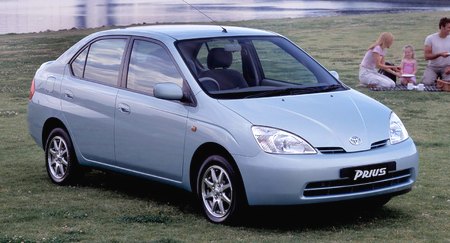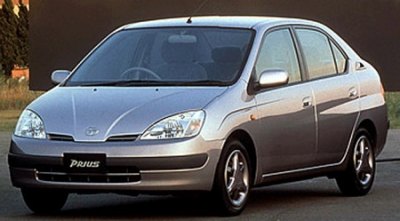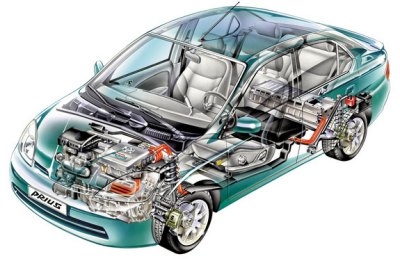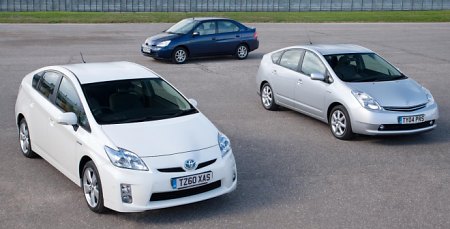 In 1993, Toyota decided to
develop a green car. Its top management set a target fuel economy of
47.5 mpg, or about 50 percent better than the existing Corolla. Without
specifying the means to do so, it was up to the R&D team to choose
whatever technology. At first, engineers believed they could improve
existing internal combustion engines and other areas of the car to meet
the target. However, the management wanted a more radical solution that
would take the company to the 21st century, so it lifted the target to
66 mpg, or 100 percent improvement. That was really a big challenge.
Eventually, the development team chose the gasoline-electric hybrid
power concept that had been explored by many pioneers before but all
failed to bring it to commercial use. Thanks to unlimited resources
supplied and the hardworking engineers, they overcame countless of
technical hurdles, and the Prius went on sale in Japan just before the
deadline set by the management. That was December 1997. For a
technological breakthrough, its development time was incredibly short.
 The original Prius was about as large as the contemporary
Corolla, but its space-optimized shape gave it an interior matching a
Camry while keeping weight pretty light at 1240 kg. The hybrid power
system called THS (Toyota Hybrid System) had the engine, electric motor
and gearbox mounted transversely and drove the front wheels just like a
conventional FF car, thanks to its compact package. To enhance fuel
efficiency, the engine was a 1.5-liter 16-valver running at Atkinson
cycle (whose expansion stroke exceeds the compression stroke) and lower
state of tune. It delivered only 58 hp. The AC electric motor produced
another 40 horsepower. They were mated to a planetary gear set which
doubled as a continuous variable transmission (CVT). Another electric
motor, or more precisely a generator, was employed to generate
electricity to supply the propulsion motor or to recharge the battery
pack. The latter was mounted just behind the rear seat, consisted of 40
pieces of D-size Nickel-Metal Hydride (NiMH) cells. A very small fuel
tank was placed under the rear seat cushion. As fuel consumption was
only 50 percent that of a conventional car, its size was also halved.
The packaging was so clever that it robbed little luggage space.
 The first generation Prius was immediately a hit in Japan. Its demand outstripped the original monthly production target of 1,000 units, so Toyota had to double its production. Further growth was fueled by its export to the USA since year 2000. Some 16,000 cars were sold over there in its first full year. By the time the Mk1 ended production in September 2003, an estimated 120,000 units had been built. This commercial success surprised many Western rivals which had never taken hybrid technology seriously. However, even then they had not realize the true potential...  In the following years, Toyota would improve the Prius relentlessly. The second generation had its power system refined a lot while its packaging was considerably enlarged to liberate more space. Now it was able to attract not only the extreme environmentalists but also average buyers who cared about practicality and costs. The third generation from 2009 improved on performance (thanks to a larger 1.8-liter engine), driver appeal and even further in fuel efficiency. These improvements reflected on sales: its global annual sales increased year by year, reaching 280,000 units in 2007, 400,000 units in 2009 and half a million units in 2010! No one could have predicted that it became the No.1 selling car in Japan and one of the most popular in the world as well. The Prius became an icon of green cars. |